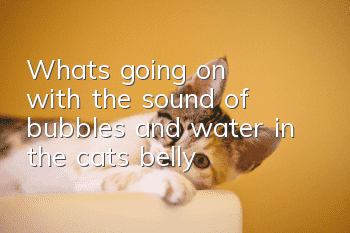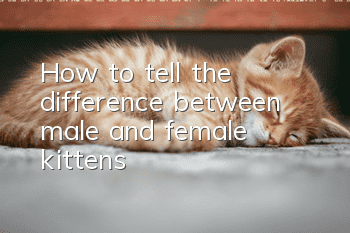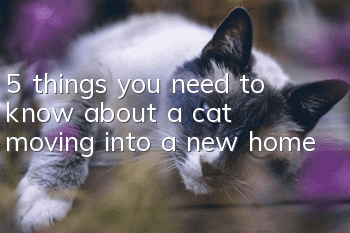The difference between cat megacolon and constipation

Feline megacolon is divided into two types: congenital and secondary. When the colon is shortened for a long time, feces is blocked, resulting in dilation of the front colon and thickening of the intestinal wall. A variety of factors that cause chronic constipation can also cause megacolon, such as anal adenitis, foreign bodies in the rectum, pelvic fractures, prostatic hypertrophy, etc., which can all cause megacolon. The cat needs to be given an enema, and surgical treatment is required when necessary.
Causes of feline megacolon
Feline megacolon is divided into two types: congenital and secondary. When the colon is shortened for a long time, feces is blocked, resulting in dilation of the front colon and thickening of the intestinal wall. A variety of factors that cause chronic constipation can also cause megacolon, such as anal adenitis, foreign bodies in the rectum, pelvic fractures, prostatic hypertrophy, etc., which can all cause megacolon. The cat needs to be given an enema, and surgical treatment is required when necessary.
Feline megacolon symptoms
When a cat suffers from megacolon, it will generally show symptoms such as increased abdominal girth, constipation, decreased appetite, aversion and vomiting, etc. This is mainly caused by slow constipation for a long time.
What to do about feline megacolon
When feces stays in the colon for too long, water is overabsorbed, resulting in more and more feces staying in the colon. Surgery is required when necessary.
- The 5 most suitable cat breeds for novice owners, with Siamese cats ranking first and Ragdolls ranking third
- What is better for kittens to eat?
- What to do about cat constipation Solutions to cat constipation
- How to prevent miscarriage in Shandong lion cats
- How to care for a sick Siamese cat?
- How to rescue a cat from hypothermia
- Can cat plague be cured on its own?
- How to train a Siamese cat to do somersaults
- What's wrong with cats eating chicken livers?
- What causes diarrhea and vomiting in cats



